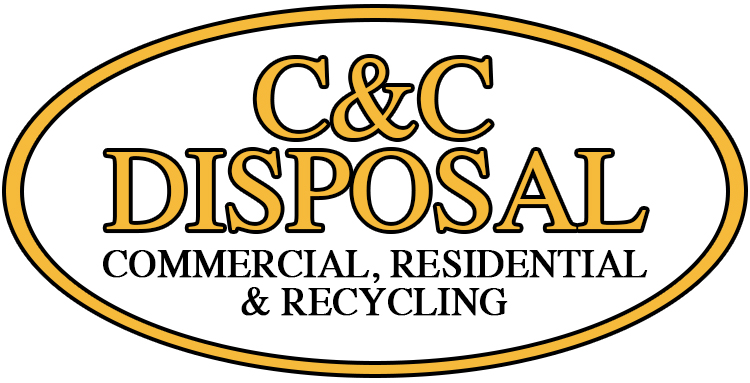
Have you ever walked into a home, typically in the Southern part of the U.S., and seen a number of different deer heads, moose heads, and animals assembled along the wall?
Taxidermy can be great for decorating your house and showing off your big game “trophy” from a long fall weekend of tracking down a deer or another animal to show your friends and family.
But what about when you don’t have any use for your old trophies and other taxidermy? Let us help you determine what to do with unwanted taxidermy.
Can I throw away my unwanted taxidermy
Simply put, taxidermy mounts and old deer heads don’t belong in the trash. Between the old carcass and other organic waste, disposal can’t be done by the usual means. Guidelines on disposing of taxidermy is based on each state’s wildlife agency as well as recycling services.
Preparing your unwanted taxidermy for disposal
Given all the game and wildlife laws dealing with taxidermy, the first step before doing anything else with your unwanted taxidermy is to take the necessary steps to make sure your old deer mount is clean. You’ll want to be careful to do this correctly, as different animals require different materials in order get them properly cleaned.
How to clean mounted deer heads
The property way to clean your taxidermy is multi-layered. For starters, you’ll want to treat each portion of the animal head in different ways, as each requires some different techniques.
For example, the deer body and fur can be cleaned with a simple all-purpose commercial disinfectant cleaner. You can find this at any local grocery store.
The main goal here is to clear the mount head of any dust that can cause it to get dirty. Don’t wipe or brush the hair or fur. You can use the same cleaner on any antlers or horns.
You’ll want to take a slightly different approach when it comes to cleaning the eyes of the animal. Use the same cleaner, but dab it with a cotton swab.
Lightly clean the eyes with the cotton swab, but be careful not to touch any portions around the eye that can be damaged by the disinfectant.
What to do with old animal carcasses?
If you’ve made it this far, chances are you’re a regular when it comes to hunting and taxidermy. However, there are a few things most people don’t know when it comes to disposing of deer carcass as well as those of any other animal.
The three most common ways to dispose of an animal caracass is through incineration, burying it, and rendering it (or in other words, repurposing the carcass for other uses). It’s best to make sure you spray the carcass with flea and tick spray before you handle it.
Incineration is the best method to take with a diseased carcass, but it’s also very expensive. You can also bury the carcass, but make sure you bury it 4 feet deep into the ground.
Dealing with bugs in taxidermy mounts
Pests are a pain for just about anything, and it’s no different when it comes to old animal heads and cleaning taxidermy mounts.
One of the best ways to combat these pests is to grab some Bifen insecticide. Mix it with a little bit of water, and spray it all over the mount. Here, you can brush the hair to make sure any insects don’t make it into the animal’s fur.
Should you donate, sell or toss your old taxidermy collection
Once your taxidermy mounts are clean, the next step is deciding what is the best course of action to get rid of your old animal head collection. While there is no real wrong answer, typically, most people choose to either donate or sell their vintage taxidermy.
If you find yourself asking “Who buys taxidermy near me?” or you’re frantically looking around to find where to sell taxidermy mounts you may inevitably find yourself doing quite a bit of research and taking up a lot of time.
There are tons of taxidermy cash buyers, antique shops, gun stores and more out there that will gladly buy your old mounts, but you may need to do a bit of vetting to make sure you’re working with someone legally.
Typically, a good course of action whether you are buying or selling is to make sure all parties involved are licensed and registered with the U.S. Fish and Wildlife Service.

Recent Comments